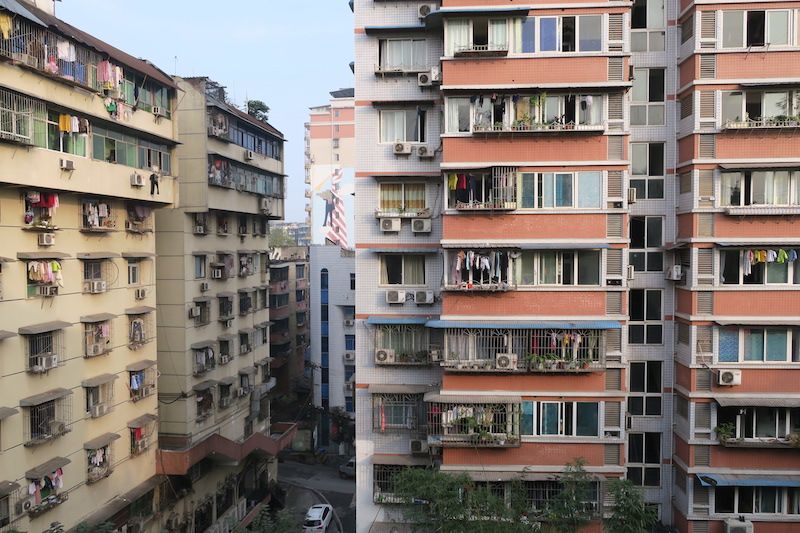
Thermal-Material Culture in Chongqing (China)
Based on ethnographic fieldwork in Chongqing City District, this project engages with the architectural and social construction of microclimates in urban apartments. It analyzes the interference of personal comfort, living quality, ecological concerns, aspirations of modernity and socio-technical skills. In the sense of localizing technologies like air-conditioning or heating systems in the context of their production and use, this project addresses the role of climate for both the architectural structure and the interior adaptation of high-rise apartments. By focusing on the material culture of microclimate production, I engage with the negotiation between actors (government agencies, construction companies, architecture offices, inhabitants), materialities and concepts in the creation of comfortable microclimatic conditions in the high-rise building. The data collection includes semi-structured interviews with architects, planners and engineers who professionally engage with house construction as well as research visits to residents’ apartments to observe and inquire what objects and strategies they apply to control microclimates.
Chongqing, with a population of around 8 million inner-city inhabitants, is characterized by a subtropical climate with hot summers (up to 40 degrees Celsius) and mild winters (around 5-10 degrees Celsius). Microclimate construction is challenged by two climatic seasons: During the hot summers, inner-city temperatures rise up to 40 degrees Celsius which today is mainly mitigated through energy-intensive air-conditioning. During winter, residents develop socio-technical strategies to keep warm inside of apartments, because most houses in Chongqing have no central or district heating system. This is a legacy from socialist planning of the 1950s when the Chinese government due to resource shortage defined that heating is only provided in northern China.
Approaching microclimate construction through the building and its materiality reveals the many ways how local, national and global climate norms travel and manifest in local architecture. Through its focus on the construction and social use of urban apartment buildings, the project also aims to methodologically and theoretically contribute to the field of an architectural anthropology in cities.